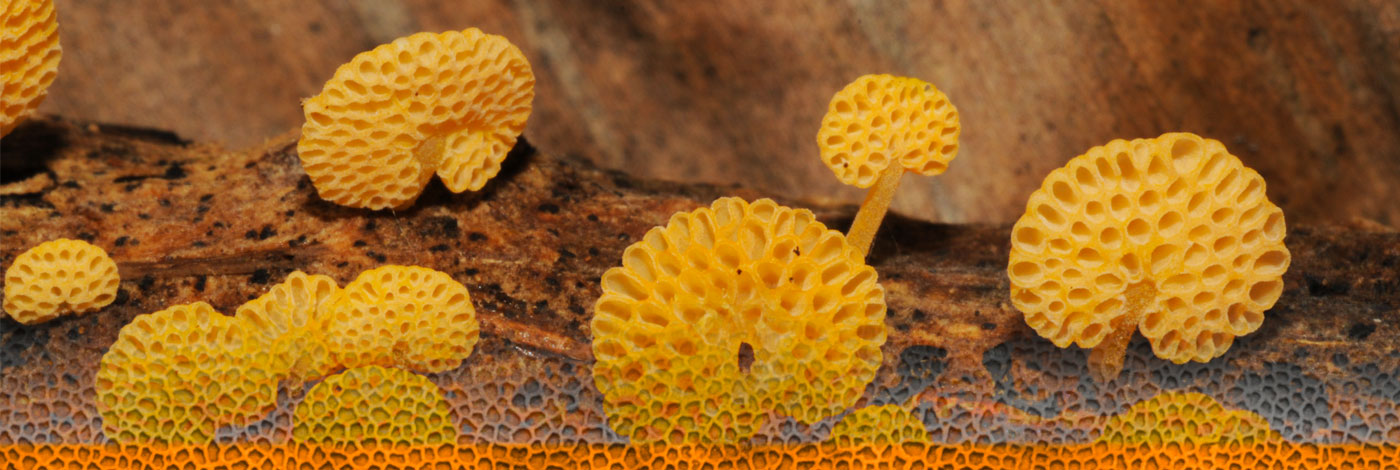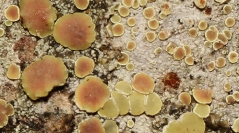

 Cryptogamie, Mycologie
40 (6) - Pages 97-115
Cryptogamie, Mycologie
40 (6) - Pages 97-115The variation of the diversity, composition, functional diversity and species richness of lichen communities along an altitudinal gradient in the Chocó biogeographic region of the department of Valle del Cauca, Colombia, is evaluated basing on 2732 samples belonging to 690 species of corticolous lichens. The dominant families were Graphidaceae, Parmeliaceae, Lobariaceae and Pyrenulaceae. Alpha lichen diversity showed a concave pattern with respect to altitude, and the zones at low and high elevations had greater diversity. Beta diversity and total richness estimated by rarefaction for locality presented a bell-shaped pattern, with a peak at 1600 m. Lichen functional traits strongly changed with the increase of altitude. Functional diversity presented the same pattern of total richness estimated by rarefaction. These results suggest that the lichen communities of the altitudinal extremes are structured by a strong environmental filter effect, while in the intermediate zones there is an overlap of functional traits, which is reflected in both a high functional and taxonomic diversity. The results suggest that the functional traits used are good substitutes for species to study altitudinal patterns. The high number of indicator species for the altitudinal extremes implies that in a context of climate change, these zones will be more susceptible to the loss of species.
Chocó, Rao, functional diversity, rarefaction, traits, elevation, mid-domain effect